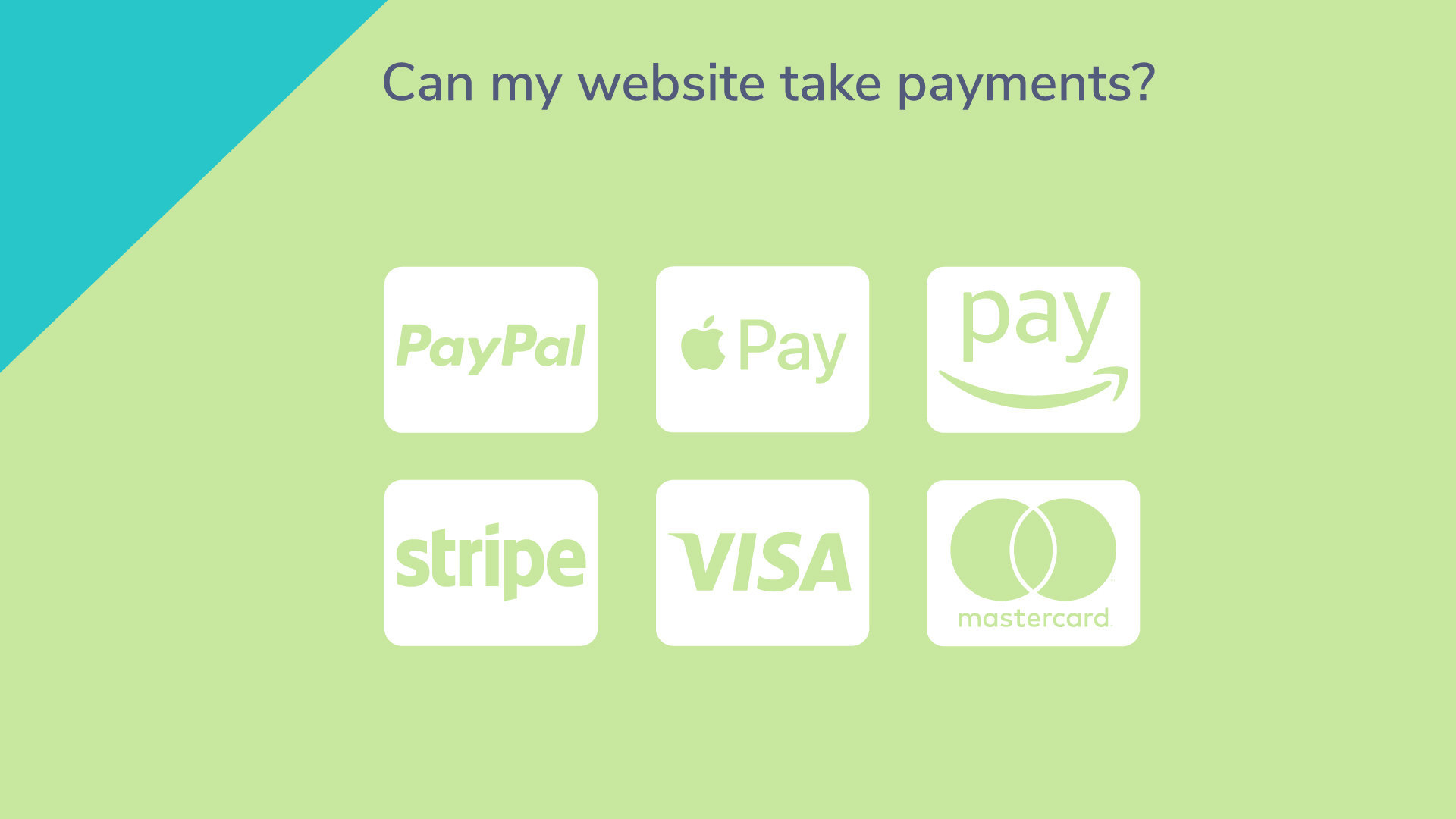This is one of hundreds of videos where I answer the most commonly asked questions related to small business websites. “Today’s question is, can a website take payments?” Well, of course you can! I’m sure you’ve visited many websites today facilitate transactions, allowing customers to pay for products and services seamlessly. If you’re considering adding a payment feature to your website, you’re in luck. It’s easier than you might think, and there are several effective methods to accomplish this.
Why Accept Payments on Your Website?
Accepting payments directly on your website offers numerous benefits. First and foremost, it enhances the customer experience by providing a convenient way for clients to make purchases without having to leave your site. This convenience can lead to increased sales, as customers are more likely to complete a transaction if the process is quick and straightforward.
Additionally, having an integrated payment system can build trust with your customers. When clients see that you have a secure method for processing payments, they are more likely to feel comfortable sharing their financial information, which can ultimately lead to increased loyalty and repeat business.
The Easiest Way: PayPal
One of the simplest ways to set up payments on your website is by using PayPal. This platform is widely recognized and trusted by consumers. Integrating PayPal is relatively straightforward; you can easily add payment buttons to your site or utilize their simple checkout process.
However, while PayPal is a solid option, it’s important to note that some users find the checkout process to be less user-friendly. If your goal is to provide an optimal experience for your customers, you may want to explore other alternatives that offer a smoother checkout flow.
Our Recommendation: Stripe
While PayPal is a popular choice, we highly recommend using Stripe for processing payments on your website. Stripe offers a robust and user-friendly solution that integrates seamlessly with most eCommerce platforms and website builders.
One of the standout features of Stripe is its customizable checkout experience. This means you can tailor the payment process to align with your brand’s aesthetic and functional needs. Customers can enjoy a consistent experience that feels like a natural extension of your website rather than being redirected to a third-party site.
Moreover, Stripe supports a variety of payment methods, including credit cards, debit cards, and even digital wallets like Apple Pay and Google Pay. This flexibility ensures that you can cater to the preferences of your customers, further enhancing their shopping experience.
Setting Up Payments with Stripe
Integrating Stripe into your website is typically straightforward, especially if you’re using popular website builders or eCommerce platforms like WordPress, Shopify, or WooCommerce. Here’s a basic overview of how to get started:
-
Create a Stripe Account: Sign up for a free account on the Stripe website. You’ll need to provide some basic information about your business and your banking details for payouts.
-
Install a Plugin: If you’re using a platform like WordPress, you can install a Stripe plugin. This will make the integration process much easier, as it usually involves filling in a few configuration settings without needing to write any code.
-
Set Up Payment Methods: Configure the payment methods you’d like to accept. Stripe supports various payment options, so you can select the ones that are most relevant to your audience.
-
Test Transactions: Before going live, it’s crucial to test your payment setup. Most platforms allow you to run test transactions to ensure everything functions as intended.
-
Launch Your Payment Option: Once you’re satisfied that everything is working smoothly, you can launch your payment feature and start accepting payments.
Conclusion
In summary, enabling your website to accept payments is not just possible; it’s a vital component of running a successful online business. Whether you choose to go with PayPal or opt for Stripe, integrating payment options can lead to improved customer satisfaction, increased sales, and enhanced trust in your brand.
As you explore the various options available, keep in mind the importance of user experience. A seamless and secure payment process can significantly influence a customer’s decision to complete their purchase. Don’t hesitate to invest in a quality payment solution that aligns with your business goals. Your customers will appreciate the effort, and you’ll likely see the benefits reflected in your sales figures. So go ahead and make that leap—start accepting payments on your website today!
We recommend Stripe. Most eCommerce or website platforms have a plug-in that integrates very well with Stripe and the checkout is a breeze. That’s what we use on our website. That’s what we use on our client’s website when they need to be able to take a payment from a client.





0 Comments